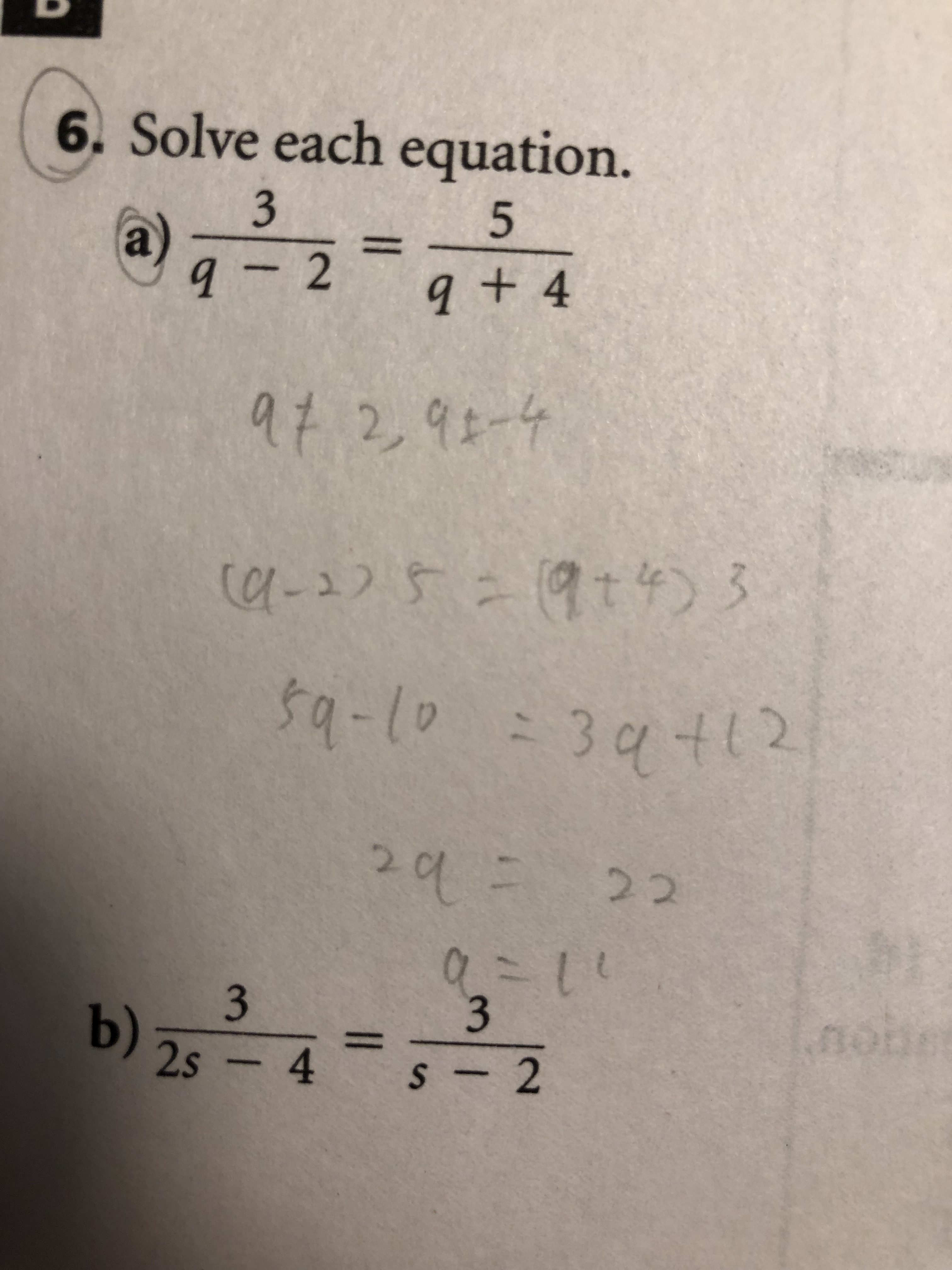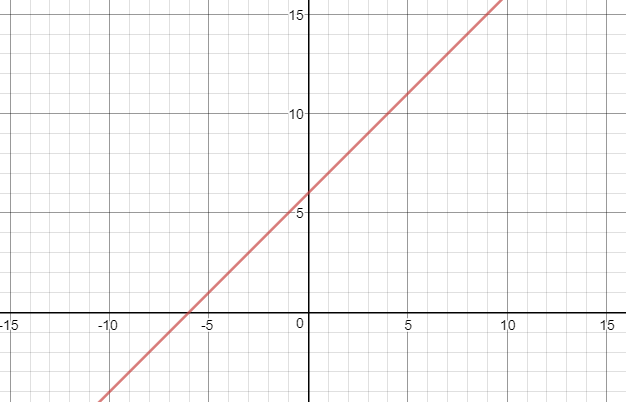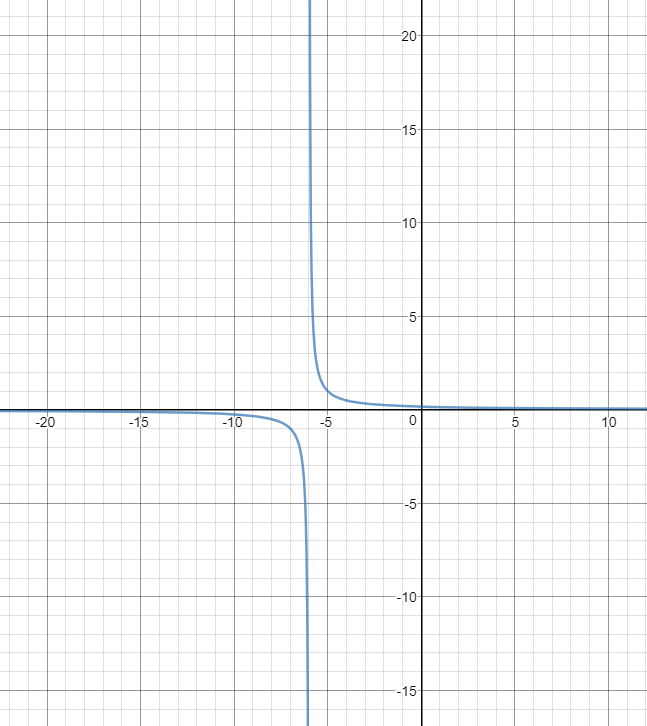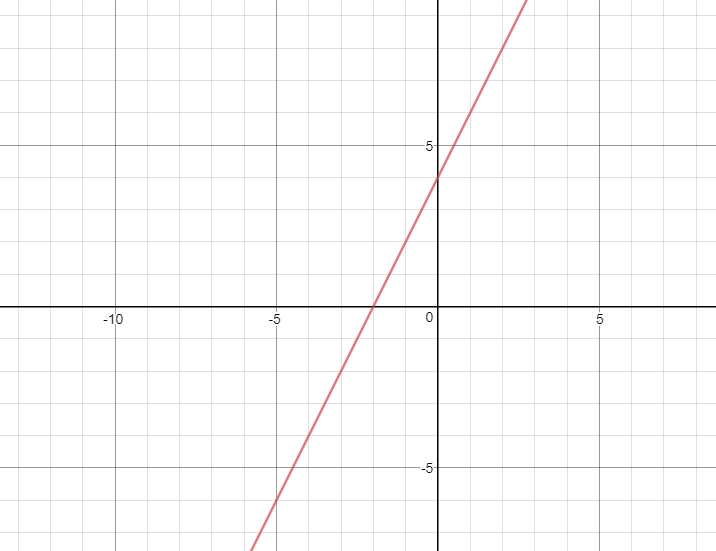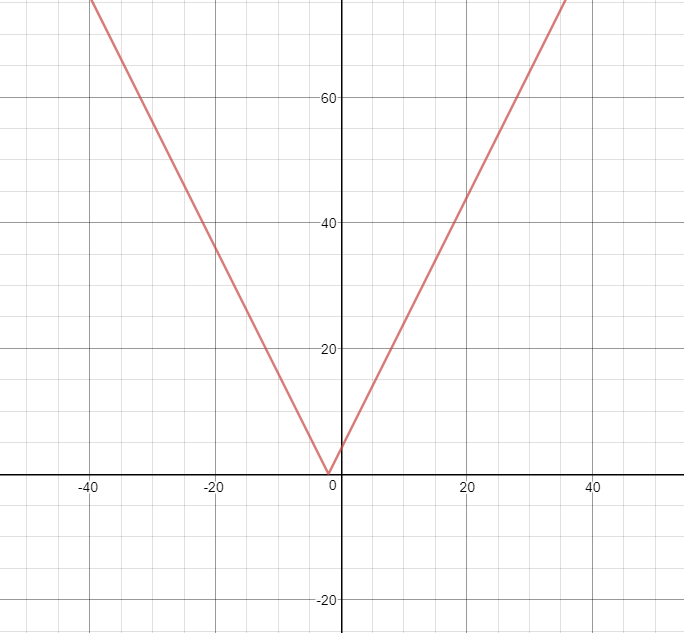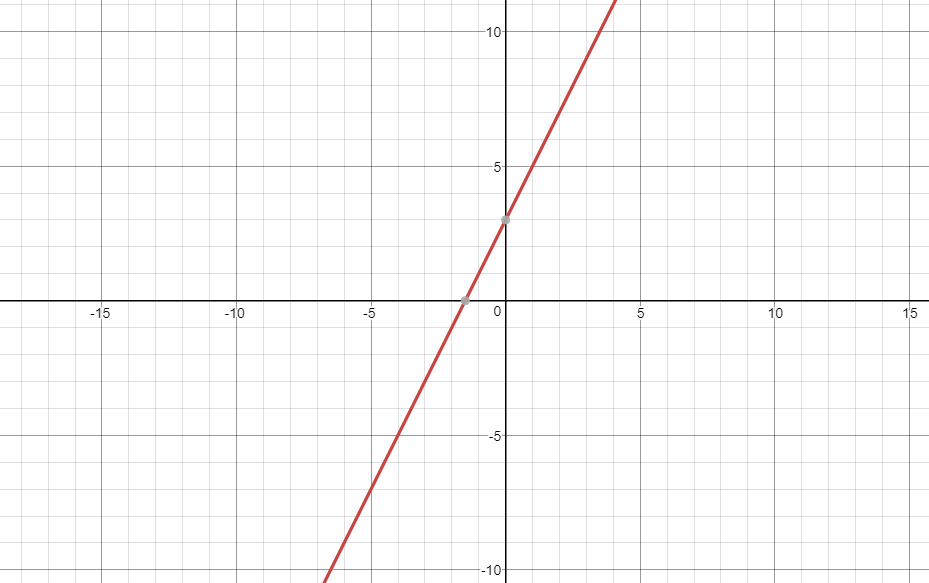Last week we learned how to simplify a rational expression, and this week we explored how to solve a rational equation.
The difference between equation and expression is pretty straightforward, the expression does not have an equal sign, it only expresses its meaning. An equation on the other hand obviously have an equal sign, and our intent will be the solution the unknown instead of just simply simplifying it.
There are two common ways to solve a rational equation.
1: Cross multiplication, only works when there is only one fraction on each side of the equal sign.
EX:
In this case, I multiplied(q-2)by5, and (q+4)by3.
2. Use a common denominator, and solve.
EX:
The common denominator, in this case, is 6z.
